Recommended Posts
Quote...aerodynamics. forward drive. steerability.
When compared to a round, ( used to be called "cheapos" ) the ram air can help a jumper to avoid an off field landing
My post assumed a bad spot would not give a bad landing area. If a student has a high likelihood of landing in an undesireable landing area, rounds are a poor choice in comparison to a square. I should have made this point more clearly in my post.
Quotedo you know of a situation where this sort of equipment is a good choice??? can you give us an example???
Quote
Two out scenario.
Non responsive students.
For Great Deals on Gear
I don't think that that makes rounds unsafe. They have the benefit of being pretty idiot proof once open. Feet and knees together, PLF. The jumper is a passenger instead of a pilot. They can do less to make things worse for themselves.
A soft square landing is better than a soft round landing. But a hard square landing can easily be worse than a hard round landing.
You are right, there is no excuse for preventive maintenance to be overlooked, especially on student gear.
For Great Deals on Gear
QuoteThe jumper is a passenger instead of a pilot. They can do less to make things worse for themselves.
One thing I really like in this sport is that I have the sense of "having control" over every aspect of what I do... I personally would hate to just be a passenger, ... Especially if the canopy is taking me somewhere I dont wanna go (do to a long spot that my main / ram air reserve could have covered or whatever)..
And yes, I know that some things are out of our control, ...
FGF #???
I miss the sky...
There are 10 types of people in the world... those who understand binary and those who don't.
Quote"feet and knees together, Airborne!"
That being pounded into my head for 3 weeks I believe has saved my ass a few times. Or god thought the ER's had enough work for the day and let me slide but the good PLF does whats it's supposed to do. Your pride gets hurt and so does the jumpsuit but at least I dont have any extra hardware in my legs and I thank the PLF for that!
Quote.... Five questions..

First of all ... any idea what the body weight of the student might be?? ( no offense to the woman in question),,, I'd guess ANYthing over about 150 pounds AND under a 26 foot round,,,, and you'd better not be trying to stand it up...
Two... just what size WAS that reserve?? 22 foot 24 foot 26 foot???
Three..... WHY ?????? is ANYplace still using round reserves????? especially on student gear !!!!... sheesh.. in this day and age of suitable ram air canopies,, both mains and reserves.. it seems to me that it would further complicate an emergency situation,,, if the jumper is under a sloooow,, and not real responsive canopy.. Plus if the student does something interesting... like trying to FLARE that canopy..... ( yikes) that would NOT be good.
this dz should step up a few DECADES... in terms of it's selection of gear....
Four... was the student "backing up" at the time of landing...??... and was it an "off field" landing??
FIVE...... why isn't it a uspa dz.... ???
There are more jumps and landings made under round mains/reserves every year than any other type of canopy. It is not the "round" canopy that is a problem, it is the technique used when landing. Sort of like a H/P ram air.
Sparky
Im also going to raise the question at my DZ just to be sure of "What is my reserve?"
People aint made of nothin' but water and shit.
Until morale improves, the beatings will continue.
billvon 2,996
1. A good round (anti-inversion netting, free sleeve or equivalent) is as reliable or more reliable than the equivalent square.
2. If you have a two-out, they won't downplane.
3. If you really buy a cypres "in case you get knocked out" then a round will land you more safely than a square, due to its lower forward speed and reduced requirements for control inputs.
Quote>Three..... WHY ??????
1. A good round (anti-inversion netting, free sleeve or equivalent) is as reliable or more reliable than the equivalent square.
2. If you have a two-out, they won't downplane.
3. If you really buy a cypres "in case you get knocked out" then a round will land you more safely than a square, due to its lower forward speed and reduced requirements for control inputs.
1.Round reserves with anti-inversion netting are virtually non-existent. (Bill booth mentioned that in a safety thread recently).
2. Yes they will. The problem is they oscillate from downplane to canopy collision and back. (Been there, done that).
3. True enough, but you're just being argumentative; if you really thought that way you would still own one, and you don't.
billvon 2,996
>canopy collision and back. (Been there, done that).
We had several people land under two-outs. They landed more slowly than they would have had they landed under their reserve alone, wityh no interference problems. The main dives a bit and then sits at about a 30 degree angle from the horizontal. They had no control over where they went - but then again with a round you don't have much to begin with. I have a few pictures somewhere; I'll see if I can dig them up.
>3. True enough, but you're just being argumentative; if you really
>thought that way you would still own one, and you don't.
I _do_ think that anyone who buys a cypres "in case they get knocked out" is better off with a round reserve under those conditions. I did not buy a cypres for that reason, though, so I am happy with my square.
riggerrob 643
QuoteIf you jump in a dense environment round reserve is not a good choice.
>>>>>>>>>>>>>>>>>>>>>>>>>>>>>>>>>>>>
Valid point.
A couple of years ago the DZO banned round reserves from Pitt Meadows, because we land too close to town and the Fraser River.
billvon 2,996
If by 'dense' you mean 'lots of hazards' then I agree.


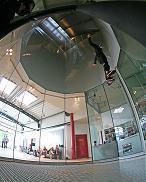
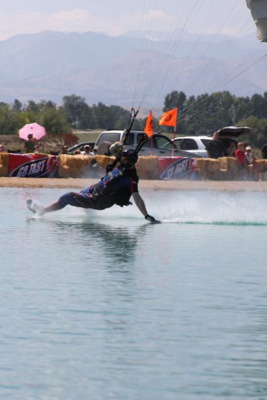

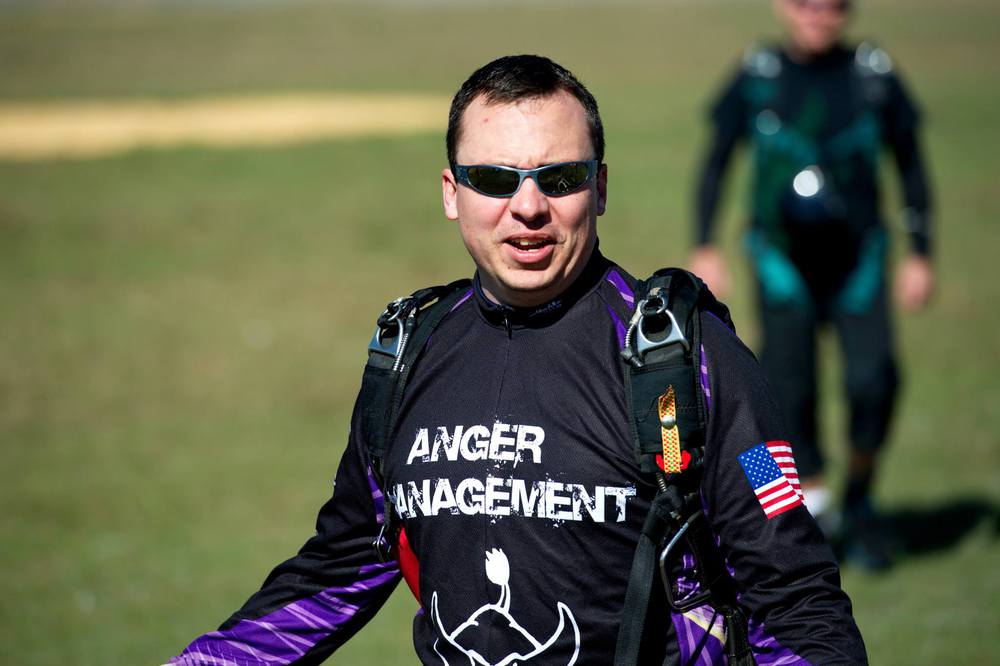
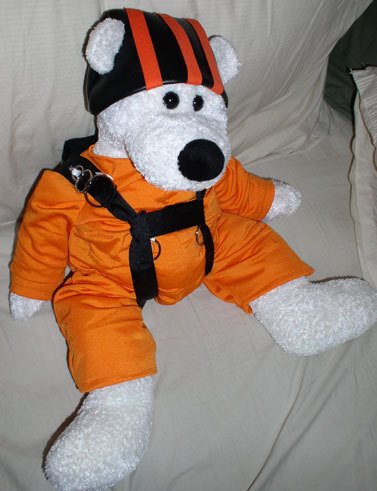
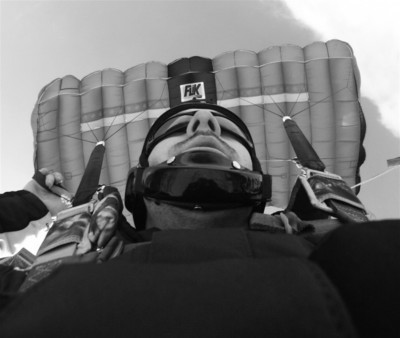
.thumb.jpg.4bb795e2eaf21b8b300039a5e1ec7f92.jpg)
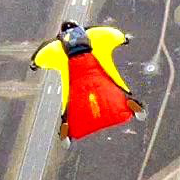
from what i hear the student cut a 300 sq ft main away because of a broken stearing line, now personally i think she would have landed a lot softer even if she didn't flair or do anything with that 300 over her head instead of that 22, 24, or 26.
and what kind of gear do they have if they let student gear get to the point where a stearing line breaks at such a low loading.
on landing she was going backwards, there were about 10kt winds when she was landing
personnaly i think this dz is going to hurt all dz's in the area.
Do not go softly, do not go quietly, never back down
Share this post
Link to post
Share on other sites